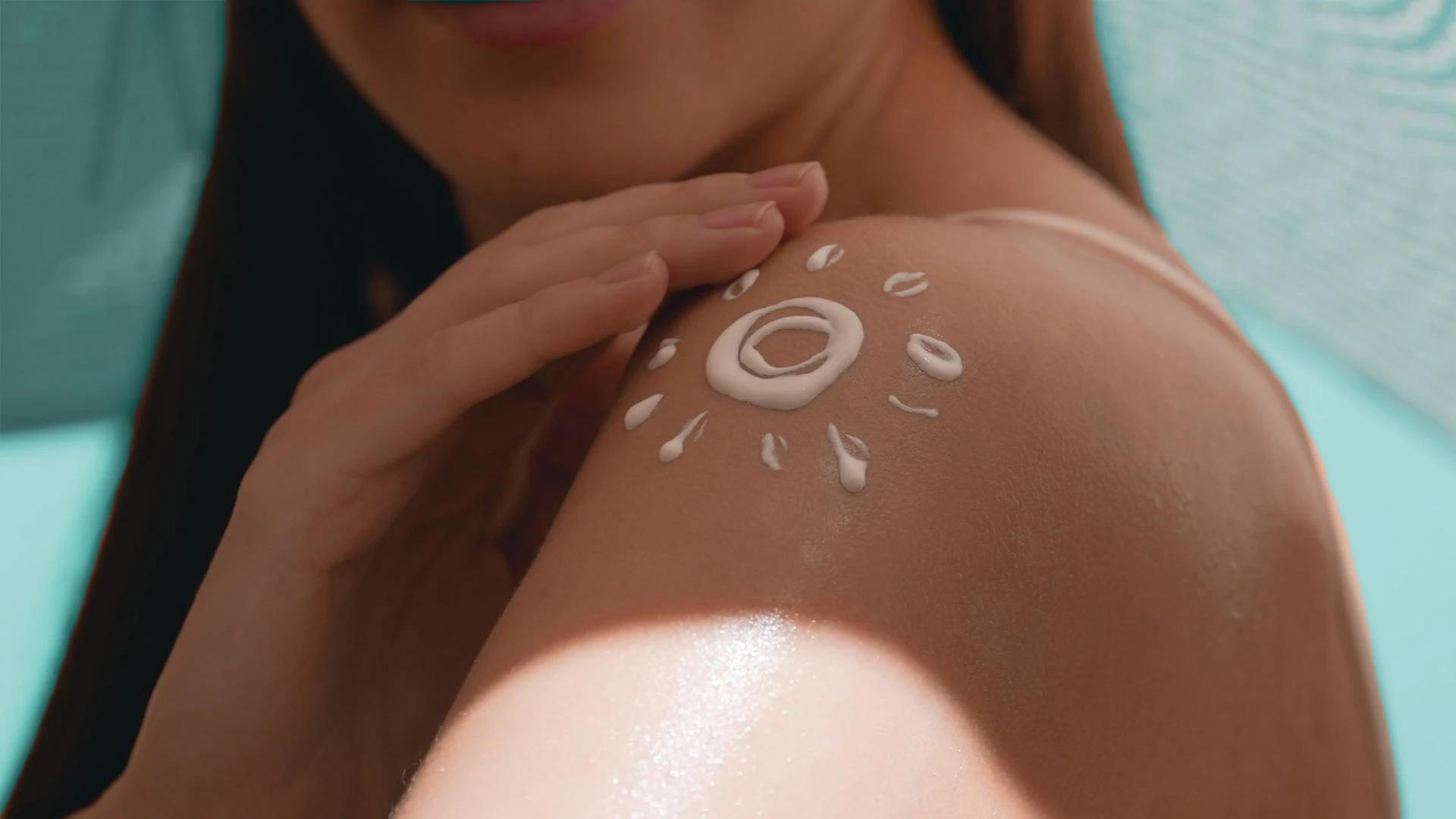Here's the golden rule: use about ¼ teaspoon of product for your face and neck. That might seem like loads, but skimping on amount is the biggest mistake people make. Dot the sunscreen across your forehead, cheeks, nose, and chin, then blend outward in gentle, upward motions. Don't forget your ears, neck, and that sneaky bit under your jawline. Wait about 15 minutes before applying makeup to let the sunscreen set properly.
Reapplication Tips
Reapply every two hours if you're spending time outdoors, or after swimming or sweating. Over makeup? Use a powder sunscreen or a setting spray with SPF for touch-ups. If you're mostly indoors, one morning application usually does the trick, but outdoor activities call for more frequent reapplication.
Common Sunscreen Mistakes to Avoid
Even the most well-meaning skincare enthusiasts make these slip-ups. Not using enough product is the biggest culprit—most people use about half the amount they need. Another classic mistake? Forgetting areas like your eyelids, lips, and the tops of your ears. These spots burn easily and age faster when left unprotected.
Relying solely on makeup with SPF is another no-go. While it's better than nothing, most people don't apply enough foundation or powder to get the stated SPF protection. Your dedicated sunscreen should always be the star of the show. Also, don't assume yesterday's application is still working today—sunscreen breaks down over time and needs daily reapplication.
Integrating Sunscreen into Your Skincare Routine
Making sunscreen part of your daily routine is easier than you think. In the morning, follow this order: cleanser, toner, serums, moisturiser (if needed), then sunscreen. Some people skip moisturiser entirely and use an SPF moisturiser instead—totally valid if it keeps your skin happy.
At night, make sure you're properly removing your sunscreen. Some formulas, especially water-resistant ones, need a proper cleanse to come off completely. Double cleansing with an oil cleanser followed by your regular face wash ensures you're starting fresh the next morning. This prevents clogged pores and lets your nighttime skincare products work effectively.
Sunscreen for Special Occasions
Some days call for a bit more thought when it comes to your sun protection strategy. Whether you're heading to a wedding or planning a beach day, tweaking your approach ensures you stay protected whilst looking your best.


 50 ml
50 ml 60 ml
60 ml 50 ml
50 ml 50 gm
50 gm